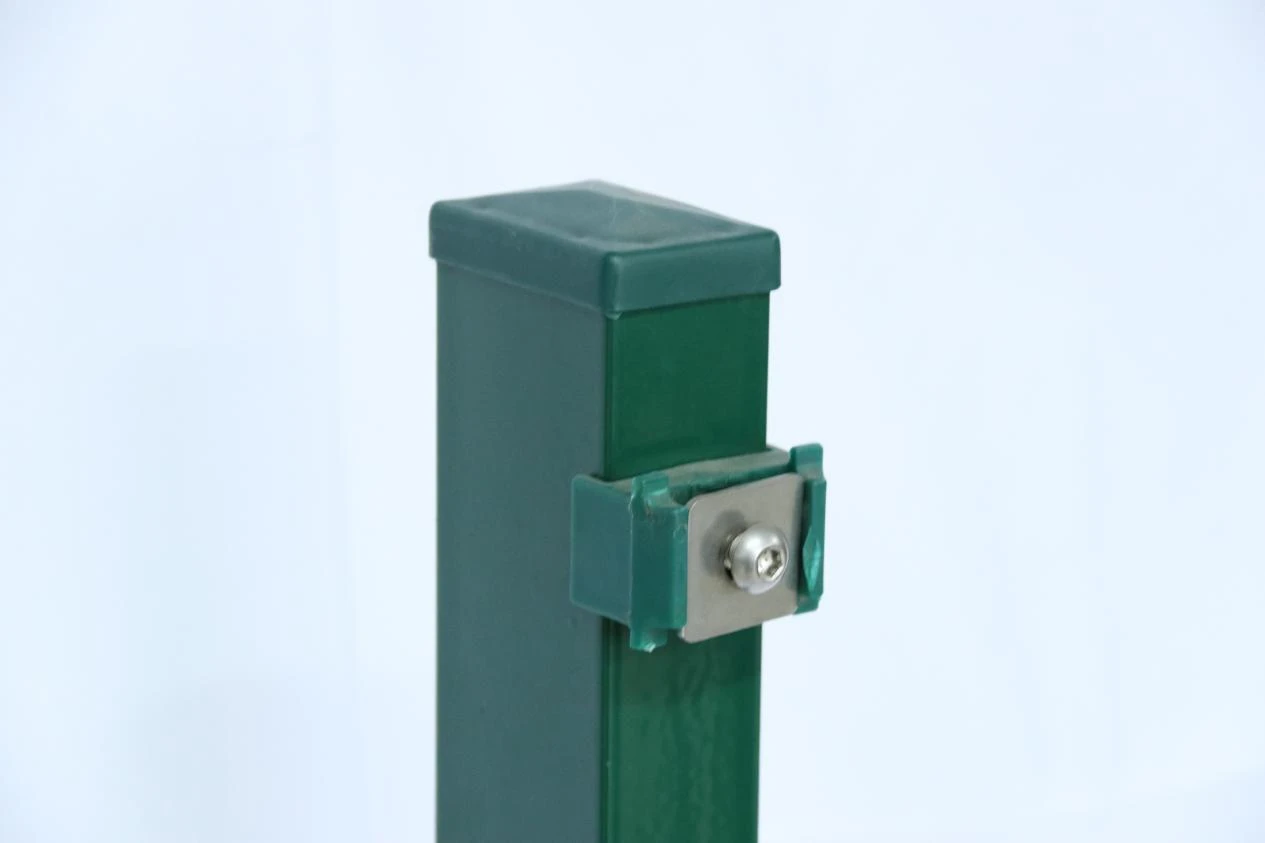Sustainable Fencing Solutions for Enhancing Agricultural Productivity and Resource Management
Okt . 12, 2024 22:15
Fencing for Agriculture Essential Practices and Benefits
Fencing is an indispensable aspect of agricultural practices, providing a myriad of benefits that are instrumental in enhancing productivity and ensuring the sustainability of farm operations. Effective fencing not only defines property boundaries but also serves critical roles in protecting crops, livestock, and soil integrity. As agricultural needs evolve, understanding the various types of fencing and their applications becomes paramount for modern farmers.
Protecting Livestock and Crops
One of the primary functions of agricultural fencing is the protection of livestock. Cattle, sheep, goats, and other animals are valuable assets for farmers, and ensuring their safety is crucial. Well-constructed fences prevent livestock from straying onto roads, safeguarding them from potential accidents, and helping to avoid legal liabilities associated with loose animals. Furthermore, fences act as barriers against predators, reducing the risk of attacks that could lead to losses for farmers.
In addition to safeguarding livestock, fencing is vital for protecting crops from foraging wildlife, such as deer, rabbits, and birds. Damage from these animals can devastate crops, leading to significant economic losses. By installing appropriate fencing, farmers can create a secure environment for their crops to thrive, thereby enhancing yield and profitability.
Types of Fencing Materials
There are various types of fencing materials available to meet the diverse needs of agriculture. The choice of fencing largely depends on factors such as the type of livestock, the climate, and the specific requirements of the farm. Some popular materials include
1. Barbed Wire Fencing Commonly used for larger livestock such as cattle, barbed wire is an effective and economical choice. It consists of steel wire with sharp barbs that deter animals from pushing against or escaping through the fence.
2. Electric Fencing This type of fencing uses electricity to discourage animals from crossing boundaries. It is highly versatile and can be used for both permanent and temporary fencing solutions. Electric fences are particularly useful for managing grazing patterns and improving pasture health.
fencing for agriculture

3. Wooden Fencing Often regarded as aesthetically pleasing, wooden fences can be particularly effective for enclosing areas with high visibility, such as cow pastures near homes. However, they require more maintenance compared to other materials.
4. Mesh Fencing Wire mesh fencing provides a secure barrier and is effective for both crops and small livestock. Its design is more challenging for predators to breach while allowing visibility and airflow.
Environmental Stewardship
Fencing plays a critical role in promoting environmental stewardship within agricultural practices. Properly managed boundaries help prevent soil erosion by designating specific areas for grazing and crop production. Additionally, fencing can protect sensitive areas such as waterways and wetlands, allowing farmers to maintain biodiversity on their land. By preventing overgrazing and promoting rotational grazing strategies, farmers can enhance soil health and support sustainable farming practices.
Wildlife Conservation
Furthermore, fencing can contribute to wildlife conservation efforts. By creating designated wildlife corridors and buffer zones, farmers can coexist with native species while maintaining agricultural productivity. This strategic approach helps protect biodiversity while simultaneously allowing farmers to benefit from ecosystem services, such as pollination and pest control.
Conclusion
In summary, fencing is a fundamental component of agricultural management, with far-reaching implications for productivity, livestock safety, and environmental health. With advancements in fencing technology and a growing awareness of sustainable agricultural practices, farmers have various options to choose from that can meet their specific needs. By investing in effective fencing solutions, farmers can not only protect their investments but also contribute to the broader goals of sustainability and ecological balance. As agriculture continues to adapt to new challenges, the importance of fencing remains a constant in the pursuit of agricultural excellence.




















